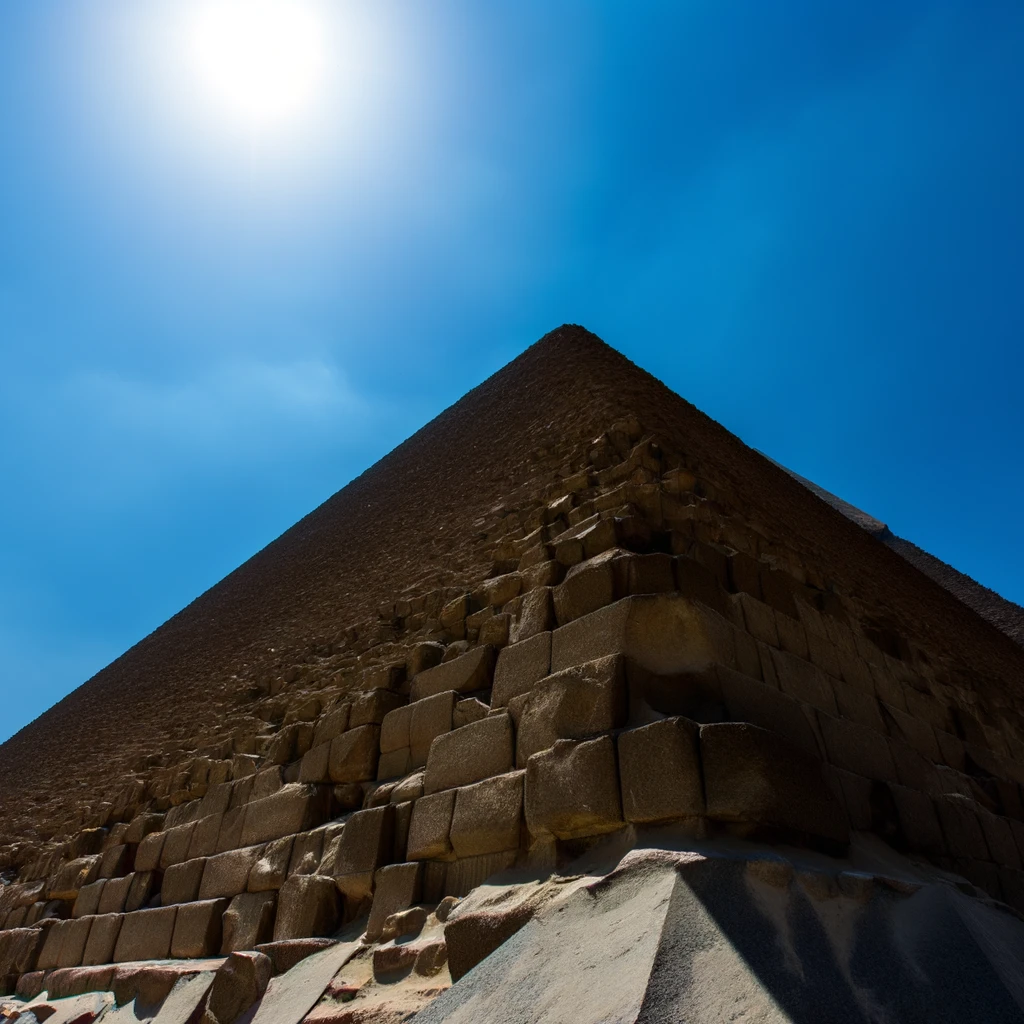
Introduction to the Mysteries of the Ancient Pyramids
The ancient pyramids have long been a source of fascination and mystery for historians, archaeologists, and tourists alike. These monumental structures are not only architectural marvels but also hold secrets about the civilizations that built them. This article delves into the secrets behind the construction, purpose, and cultural impact of these iconic structures.
The Engineering Feats of Pyramid Construction
One of the most intriguing aspects of the ancient pyramids is their construction. The Great Pyramid of Giza, for example, was built over 4,500 years ago and remains one of the most impressive engineering feats in history. It is estimated that the pyramid consists of approximately 2.3 million blocks of stone, each weighing between 2.5 and 15 tons. The logistics of moving and assembling these stones without modern machinery is a testament to the ingenuity of ancient engineers.
Materials and Techniques
The primary materials used in pyramid construction were limestone, granite, and basalt. Ancient builders utilized a variety of techniques, including the use of simple tools like copper chisels and wooden sledges, to shape and transport these massive stones. Recent studies suggest that a network of ramps and levers was employed to raise the stones to the desired height.
Innovative Problem Solving
Archaeologists believe that the builders employed innovative problem-solving techniques, such as the use of water to reduce friction while transporting stones and the strategic placement of stones to ensure stability. These methods highlight the advanced understanding of physics and engineering possessed by ancient civilizations.
The Purpose and Significance of the Pyramids
While the construction of the pyramids is a marvel in itself, their purpose is equally fascinating. The pyramids served as tombs for pharaohs and were believed to facilitate their journey to the afterlife. The positioning and orientation of the pyramids were meticulously planned to align with celestial bodies, reflecting the ancient Egyptians' deep connection with the cosmos.
Cultural and Religious Significance
The pyramids were more than just burial sites; they were a symbol of power and religious devotion. The process of building a pyramid was an enormous undertaking that involved thousands of laborers and artisans, reflecting the ruler's authority and the society's collective effort to honor their gods and ensure the pharaoh's legacy.
Theories and Debates Surrounding the Pyramids
The ancient pyramids have inspired numerous theories and debates among scholars and enthusiasts. Some claim that extraterrestrial beings assisted in their construction, while others argue that the ancient Egyptians possessed advanced lost technologies. Despite the lack of conclusive evidence for these theories, they continue to capture the imagination of people worldwide.
Archaeological Discoveries
Recent archaeological discoveries have shed new light on the construction and purpose of the pyramids. Excavations have revealed workers' camps and tools, offering insights into the lives of those who built these monumental structures. These findings contribute to our understanding of the social and economic aspects of ancient Egypt.
Conclusion: The Legacy of the Ancient Pyramids
The ancient pyramids remain one of the most enduring symbols of human achievement. Their construction, purpose, and cultural significance continue to be subjects of study and admiration. As archaeologists uncover more about these ancient wonders, we gain a deeper appreciation for the civilizations that created them and their lasting impact on human history.
Related Articles





